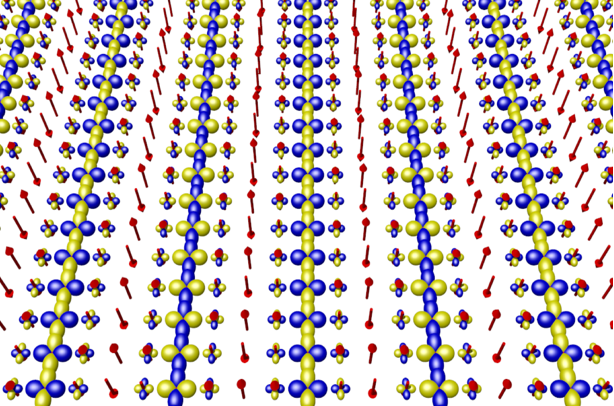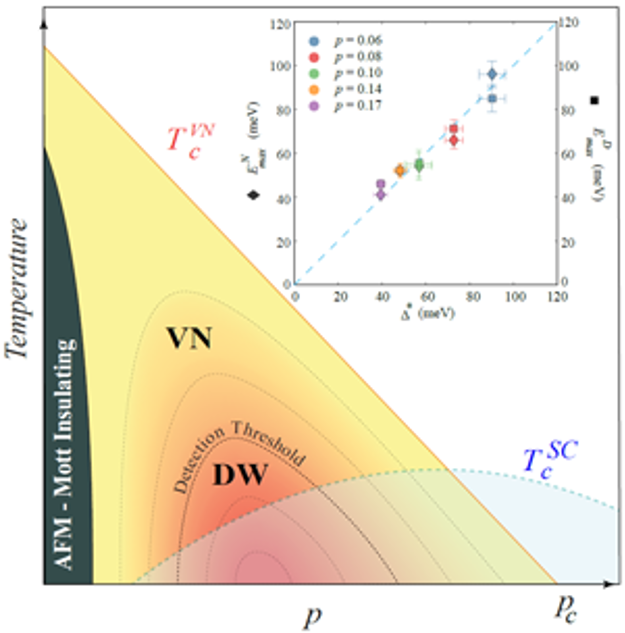On the Electron Pairing Mechanism of Copper-Oxide High Temperature Superconductivity
The elementary CuO2 plane sustaining cuprate high-temperature superconductivity occurs typically at the base of a periodic array of edge-sharing CuO5 pyramids. Virtual transitions of electrons between adjacent planar Cu and O atoms, occurring at a rate t/ℏ and across the charge-transfer energy gap ε, generate “superexchange” spin–spin interactions of energy J ≈ 4t4/ε3 in an antiferromagnetic correlated-insulator state. However, hole doping this CuO2 plane converts this into a very-high-temperature superconducting state whose electron pairing is exceptional. A leading proposal for the mechanism of this intense electron pairing is that, while hole doping destroys magnetic order, it preserves pair-forming superexchange interactions governed by the charge-transfer energy scale ε. To explore this hypothesis directly at atomic scale, we combine single-electron and electron-pair (Josephson) scanning tunneling microscopy to visualize the interplay of ε and the electron-pair density np in Bi2Sr2CaCu2O8+x. The responses of both ε and np to alterations in the distance δ between planar Cu and apical O atoms are then determined. These data reveal the empirical crux of strongly correlated superconductivity in CuO2, the response of the electron-pair condensate to varying the charge-transfer energy. Concurrence of predictions from strong-correlation theory for hole-doped charge-transfer insulators with these observations indicates that charge-transfer superexchange is the electron-pairing mechanism of superconductive Bi2Sr2CaCu2O8+x.
Published Article - Proc. Nat'l Acad. Sci. 119, 2207449119 - September 2022



